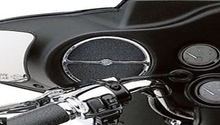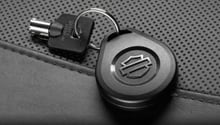Harley Davidson Touring: Fuse Box Diagram
Every electrical part on your Harley Davidson Touring is connected to your fuses. Here's a map to what goes where in the typical fuse box.
This article applies to the Harley Davidson Touring (2000-2016).
The fuse box on your Harley Davidson Touring holds all the fuses, and some relays, which you may need to check when faced with electrical issues. A lot of times, fuses go bad due to old age and vibration, not necessary an electrical short. However, if you find yourself replacing the same fuse over and over, it's a sign that you have an electrical issue bigger than a blown fuse, most likely a short circuit. It's a good idea to always check your fuses first when faced with any electrical issue. Read on to learn more about the fuse box in the Harley Davidson Touring.
Fuse Box Location
On the Harley Davidson Touring, the fuse box is often located under your seat, or sometimes under the left side cover. You can access that by removing the bolt on the back of the seat and sliding the seat off. The fuse box will be right there waiting for you. The fuse box cover is a plastic lid with a diagram of all the fuses and relays. So if you have an issue with your turn signals, you can locate the fuse responsible for that, then inspect it and replace it if you need to.
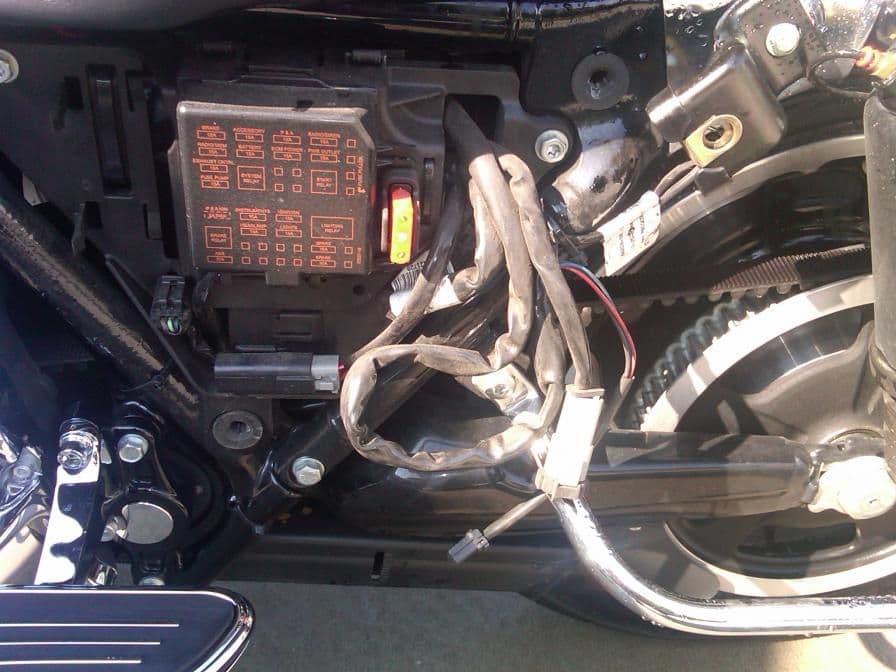
Fuse Box Diagram
As we mentioned above, the fuse box has a cover that has a diagram printed on it. All you need to do is look below at Figure 3, or at the cover of your fuse box, locate the component that is giving you issues, then match the number with the fuse. Pull the fuse out, inspect it, and replace it if you need to.
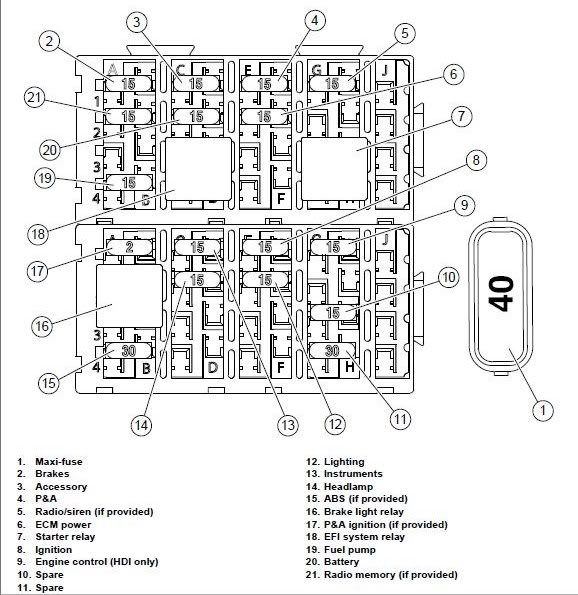
Inspecting Fuses
If you have an electrical issue with a certain component on your bike, use the diagram to locate the proper fuse to check. Pull the fuse out and check the metal line inside of it. A blown fuse can look burnt, but it can also be more subtly blown if the metal line is broken. Most of the time, replacing a blown fuse will solve your electrical issue. If you have a multimeter or a test light, you can check for continuity in the fuse without removing it.
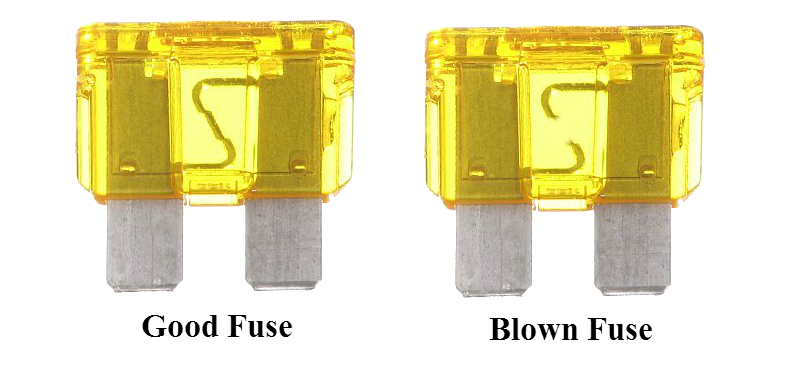
Related Discussions
- Fuse Box Wiring Diagram - HDForums.com
- Fuse Box Location - HDForums.com
- Fuse Box Cover - HDForums.com




